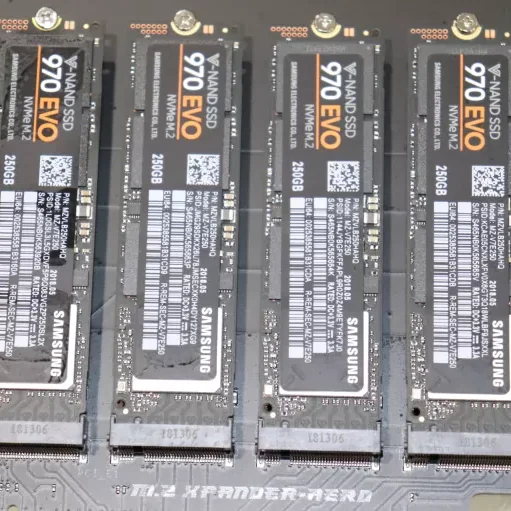Btrfs Picks Up Snappy Compression Support

Andi Kleen of Intel has posted his updated Btrfs snappy compression patches, which he says are now ready for merging. "Here's a slightly updated version of the BTRFS snappy interface. snappy is a faster compression algorithm that provides similar compression as LZO, but generally better performance."
"Should be ready for pulling into the btrfs tree now," Kleen says.
Snappy is a compress/decompression library that Google open-sourced in 2011 after this compression method has already played a vital role within Google with deployments ranging from use in their BigTable and MapReduce to their internal RPC systems. For those not familiar with Snappy, additional information is available from its Google Code page.
Snappy is a compression/decompression library. It does not aim for maximum compression, or compatibility with any other compression library; instead, it aims for very high speeds and reasonable compression. For instance, compared to the fastest mode of zlib, Snappy is an order of magnitude faster for most inputs, but the resulting compressed files are anywhere from 20% to 100% bigger. On a single core of a Core i7 processor in 64-bit mode, Snappy compresses at about 250 MB/sec or more and decompresses at about 500 MB/sec or more.
In order for the Btrfs file-system to support Snappy compression, it must be implemented in the kernel, which up until has not been within the kernel tree. Andi Kleen as a result has added Snappy interface to the Linux kernel Crypto API and then dropped in the Snappy implementation as a library in just over one thousand lines of code. In moving it to the kernel, Andi Kleen ported the original code from C++ to C as well as made other changes to make it more suitable for the Linux kernel. This is now a new compression alternative to LZO within the kernel that other software components could also utilize.
The Btrfs Snappy compression implementation is based upon the Btrfs LZO implementation. In one of the patches, Andi writes, "In general snappy performs better with a 64bit CPU, but also generally outperforms LZO on a 32bit Atom system on IO workloads. The disk space usage is similar to LZO (within 0.2%). On a distribution boot test on a netboot snappy is about 11.5% faster than LZO or 15.5% faster than an uncompressed btrfs."
Of course, once Btrfs Snappy lands, there will be Phoronix benchmarks to publish. There's already been Btrfs LZO benchmarks and Btrfs Gzip compression as means of transparently compressing the file-system to save disk space and for many workloads increasing the performance.
This work could still hit for the Linux 3.3 kernel, but it's getting late in the merge window, so we will see in the coming days what happens.
15 Comments

